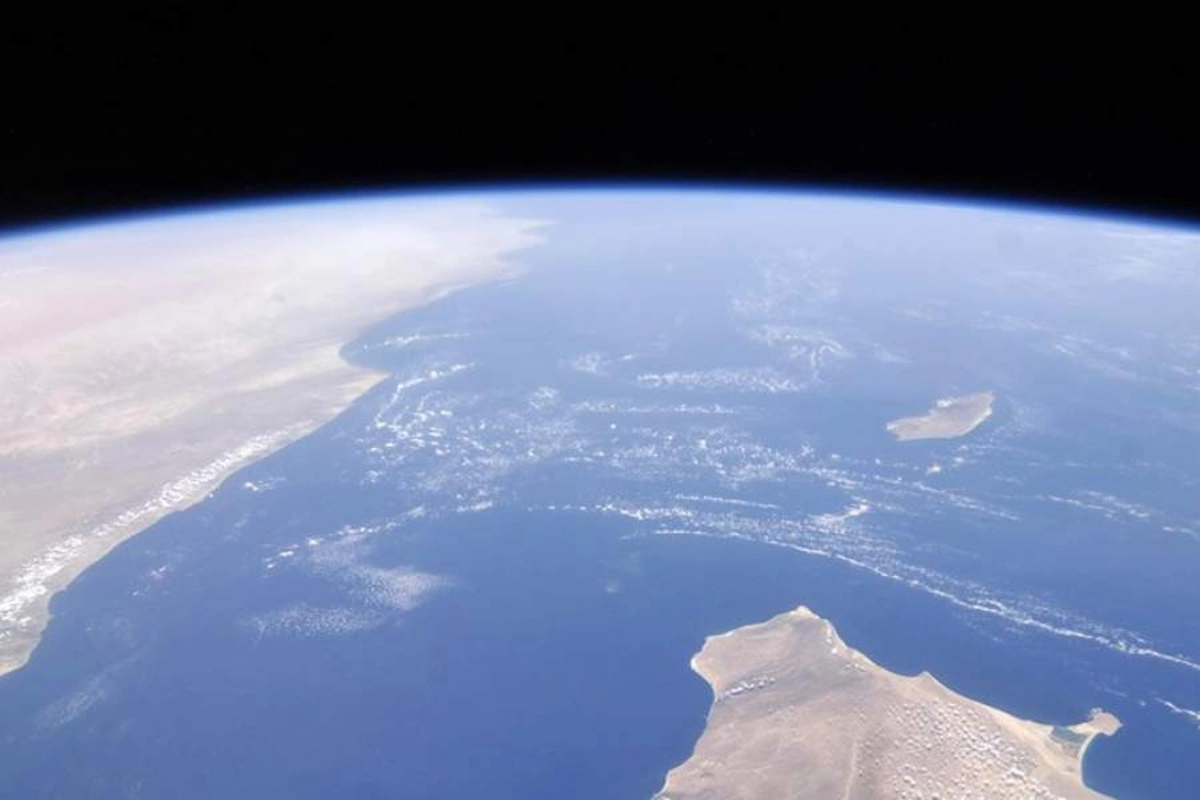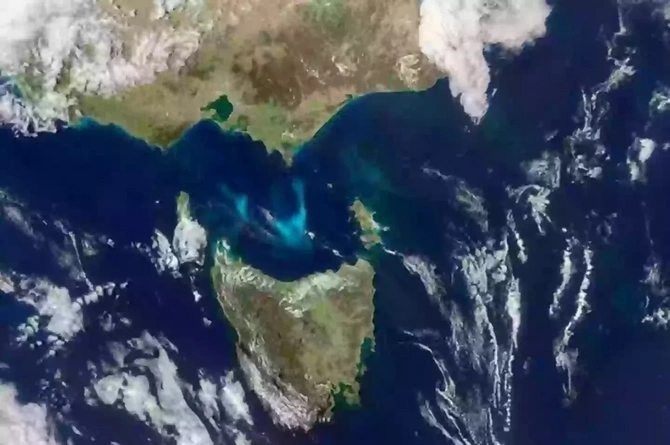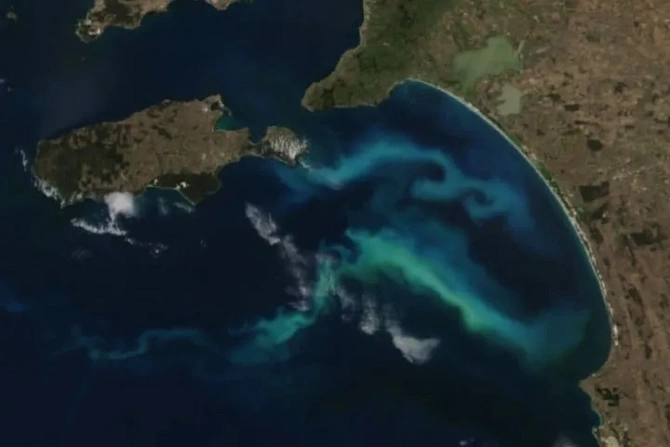Giant life form visible from space detected in the ocean

NASA satellites captured an impressive natural phenomenon - a large-scale bioluminescent phytoplankton bloom observed in the ocean in November 2024. This confirms that the unique glow in the waters had a natural origin.
Although similar phenomena have been recorded before, the current one is striking in its scale. Researchers note that this is not only a fascinating spectacle but also an ecologically significant process affecting marine ecosystems and climate. Details were provided by The Daily Galaxy.
Using the PACE satellite and the Ocean Color Instrument, scientists recorded a bright turquoise glow off the southern coast of Australia - in the areas of the Great Australian Bight and the Tasman Sea. The intensity of the glow was so high that it was clearly visible even from space. This glow is caused by a high concentration of microscopic algae that emit light during a biochemical reaction.
Repeated observations conducted in December 2023 and January 2024 also confirmed phytoplankton activity in this region. Particularly noticeable were the blue-green areas off the Bonnie coast. According to specialists, such blooms occur in the photic zone - the upper layer of the ocean where light conditions are favorable for algae growth.
Why does phytoplankton glow?
Scientists explain that the glow is associated with high content of chlorophyll A - a pigment necessary for photosynthesis. It is this pigment that gives algae the ability to glow in turquoise and green hues. Oceanographer Jochen Kempf from Flinders University notes that the bloom spread along the shelf drop at a depth of over 150 meters. Additional coloration could also be provided by other types of algae, as well as particles rising from the bottom.
Such phenomena are important not only from an aesthetic point of view. They clearly demonstrate the interaction of ocean currents, nutrients, and biological processes. Scientists emphasize that such processes help to better understand the functioning of marine ecosystems and the ocean's influence on the planet's climate.
Phytoplankton - the foundation of ocean life
Mass phytoplankton blooms play a key role in the marine food chain. In particular, in the Bass Strait area, it annually attracts blue whales that feed on krill - crustaceans that in turn eat algae. The bloom also attracts numerous species of fish, crabs, sardines, anchovies, and other marine organisms.
Additionally, phytoplankton performs a critically important function in climate regulation: it produces oxygen and absorbs carbon dioxide. According to NASA scientists, observing such phenomena from orbit emphasizes how important microscopic life is for the global ecosystem of the planet.
Gallery
Similar News
Natural Effective Remedy for Improving Potency Named
Taking saffron capsules twice a day for four weeks can improve erectile function in men. Iranian researchers came to this conclusion. The experiment showed that...




 Azərbaycanca
Azərbaycanca  По-русски
По-русски  English
English 










